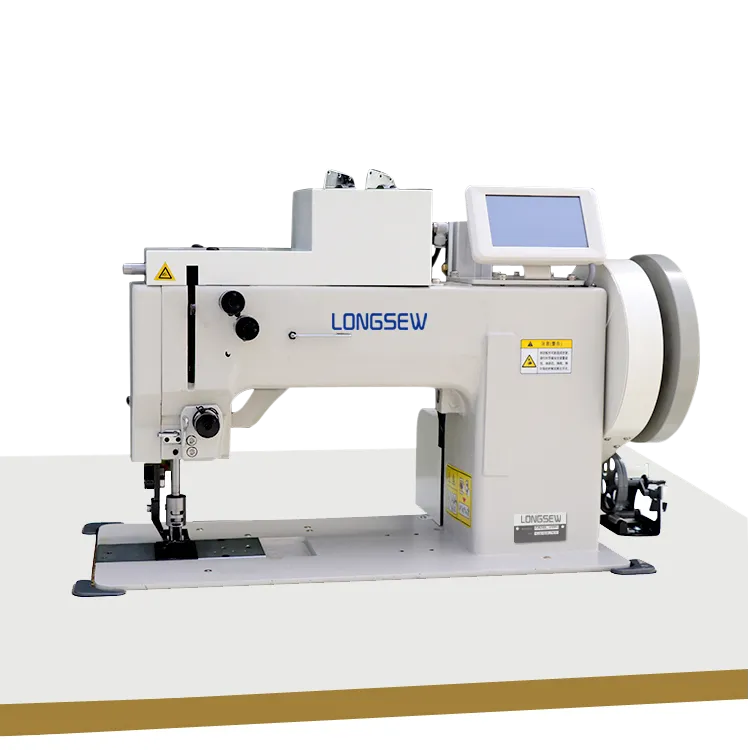Choosing the Right Presser Foot for Your Sewing Machine to Enhance Your Crafting Skills
Understanding the Importance of Presser Feet for Sewing Machines
When it comes to sewing, the presser foot is often an overlooked but critical component that can significantly affect the outcome of your projects. The presser foot essentially holds the fabric in place as the sewing machine stitches, ensuring that your seams are straight, even, and secure. With a vast array of presser feet available, each designed for specific tasks, understanding their functions can greatly enhance your sewing skills and project outcomes.
Types of Presser Feet
1. Standard Presser Foot This is the most common presser foot that comes with most sewing machines. It is suitable for general sewing tasks, allowing for straight stitches and basic zigzag stitching. Whether you are sewing seams on clothing or crafting simple home decor items, the standard foot is your go-to option.
2. Zipper Foot As the name suggests, this foot is designed specifically for sewing zippers. It has a narrow design and can be positioned to the left or right of the zipper, making it easier to sew close to the zipper teeth. This is especially useful when working on garments or bags that require a neat, professional finish.
3. Walking Foot This specialized foot is invaluable for quilting and working with multiple layers of fabric. It has an integrated feed mechanism that helps move the top layer of fabric in sync with the bottom layer, preventing shifting and ensuring evenly sewn seams. If you enjoy quilting or sewing with thick materials, investing in a walking foot can make a world of difference.
4. Buttonhole Foot Creating buttonholes can be tricky, but the buttonhole foot simplifies the process. This foot features a guide that helps you sew buttonholes of consistent size and shape, essential for professional-looking garments and accessories.
foot for sewing machine

5. Appliqué Foot For decorative sewing projects, the appliqué foot allows for intricate designs and embellishments. Its open design provides excellent visibility, enabling precise stitching around detailed shapes and patterns.
Choosing the Right Foot
Selecting the appropriate presser foot is crucial to achieving the desired results in any sewing project. Each foot serves a specific purpose, and using the right one can save time and frustration. When starting a new project, consider the fabric type and the technique you will be using. For instance, heavy fabrics like denim might require a walking foot for easier handling, while delicate fabrics like silk could benefit from a roller foot that helps prevent slipping.
Maintenance Matters
Proper maintenance of your presser feet is essential for maintaining their efficiency and prolonging their lifespan. Regularly clean them to remove any lint or debris that may accumulate during sewing. Depending on the foot, some might require oiling to ensure smooth movement. Refer to your sewing machine's manual for specific care instructions.
Conclusion
In conclusion, the presser foot plays a pivotal role in sewing, influencing the quality and precision of your work. With various types to choose from, each designed for specific tasks, understanding their functionalities can empower you as a sewer. As you explore different presser feet, you’ll discover that they not only enhance the efficiency of your sewing projects but also open up new creative possibilities. Whether you are a beginner or an experienced sewist, mastering the use of presser feet is an essential step in elevating your sewing skills. So, the next time you sit down at your sewing machine, take a moment to consider which presser foot is best suited for your project – your finished work will thank you!
-
Leather Sewing Machine: The Industrial Standard for Tough MaterialsNewsJul.18,2025
-
Sail Making Machine: Heavy-Duty Stitching for Industrial and Marine NeedsNewsJul.18,2025
-
Sling Sewing Machine: The Backbone of Heavy-Duty FabricationNewsJul.18,2025
-
Leather Sewing Machine: Precision for Heavy-Duty StitchingNewsJul.18,2025
-
Big Bag Sewing Machine: Powering the Future of Bulk PackagingNewsJul.18,2025
-
FIBC Sewing Machine: Essential Equipment for Bulk Bag ProductionNewsJul.18,2025
-
Heavy Duty Leather Sewing Machine: A Must-Have for Professional LeatherworkNewsMay.28,2025





























